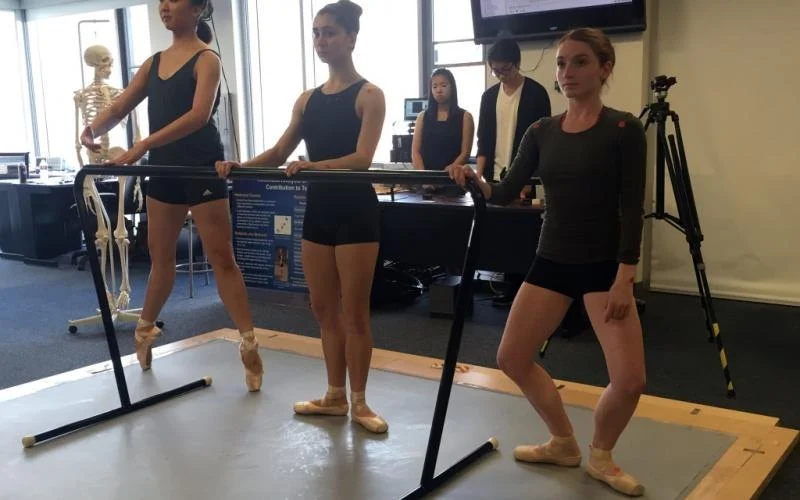
- 1. What Is Dance Kinesiology?
- 2. The Science Behind Dance Movement
- 3. Benefits of Kinesiology for Dancers
- 4. Injury Prevention and Rehabilitation in Dance
- 5. Improving Dance Performance with Kinesiology
1. What Is Dance Kinesiology?
Dance kinesiology is the study of the mechanics of human movement within the context of dance. It combines principles from anatomy, physiology, and biomechanics to understand how the body moves during dance performances. This field focuses on how dancers' bodies function, the impact of different movements on their physical health, and the best techniques to prevent injuries while improving performance.
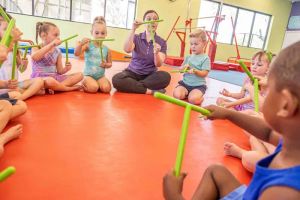
The Little Gym of Pearland / little gym pearland
9607 Broadway St, Pearland, TX 77584, USA
2. The Science Behind Dance Movement
At its core, dance kinesiology explores how muscles, bones, joints, and connective tissues work together to create fluid and dynamic movement. The body relies on the coordination of these elements to execute intricate dance steps, which can involve intense flexibility, strength, and endurance. Understanding the biomechanics of dance helps dancers optimize their movements and avoid overexertion or strain.

Bella Ballerina / bella ballerina leesburg
LeesburgLoudoun CountyVirginia
1053 Edwards Ferry Rd NE, Leesburg, VA 20176, USA
1. Biomechanics and Movement
Biomechanics in dance focuses on how the body’s mechanical principles, like force and motion, influence the way we perform various movements. For example, when a dancer executes a leap or a turn, the way they distribute their weight and control their momentum determines how efficiently the movement is performed, and whether it’s done with minimal risk of injury.
2. Anatomy of Dance Movements
Every dance move engages different muscle groups, and the knowledge of anatomy allows dancers to pinpoint which muscles are being used and how to avoid overstretching or overworking them. For instance, a pirouette involves complex coordination of the core, legs, and feet, all of which need to be aligned in the proper way to maintain balance and prevent injury.
3. Benefits of Kinesiology for Dancers
By integrating kinesiology into dance practice, dancers can experience a range of physical and performance benefits:
1. Enhanced Flexibility and Mobility
Through proper training and understanding of kinesiology, dancers can improve their flexibility and joint mobility. Stretching techniques based on kinesiology principles help dancers safely achieve deeper stretches, increasing range of motion and reducing the risk of muscle strains.
2. Improved Posture and Alignment
One of the key aspects of kinesiology in dance is the alignment of the body during movement. By practicing proper posture and alignment, dancers can perform movements more efficiently and with greater ease. This leads to a reduction in unnecessary strain on joints and muscles, which can help in both short-term performance and long-term health.
3. Better Muscle Coordination
Kinesiology helps dancers understand the importance of muscle coordination and how to engage the right muscles during movements. Proper engagement of stabilizing muscles, for example, can help maintain balance during intricate or high-energy choreography, leading to more precise movements and smoother transitions between steps.
4. Injury Prevention and Rehabilitation in Dance
Dance is physically demanding and involves repetitive movements that can often lead to injuries. Kinesiology offers a comprehensive approach to injury prevention and rehabilitation:
1. Preventing Overuse Injuries
Overuse injuries, such as tendonitis or stress fractures, are common among dancers due to the repetitive nature of their movements. By applying kinesiology, dancers can learn how to adjust their techniques to reduce strain and avoid these injuries. Kinesiology also helps dancers incorporate rest and recovery techniques, essential for avoiding burnout.
2. Rehabilitation After Injury
If a dancer does get injured, kinesiology plays a crucial role in the rehabilitation process. Targeted exercises that strengthen the muscles around the injury site, as well as techniques that improve range of motion, help dancers recover faster and more safely. Working with a kinesiologist can speed up the healing process by focusing on proper biomechanics and muscle recovery.
3. Improving Body Awareness
Another important aspect of kinesiology in dance is improving a dancer's body awareness. Understanding how the body moves and recognizing subtle imbalances or weaknesses can help prevent injuries before they occur. Enhanced proprioception allows dancers to adjust their form in real time, ensuring they stay safe while performing complex routines.
5. Improving Dance Performance with Kinesiology
Incorporating kinesiology principles into dance training not only prevents injury but can also elevate a dancer’s performance. By understanding the science of movement, dancers can refine their techniques, achieve greater precision in their movements, and enhance their overall stage presence:
1. Maximizing Strength and Endurance
Through a better understanding of muscle function and movement patterns, dancers can develop more targeted strength and conditioning routines. Kinesiology helps identify which muscle groups need more focus to improve overall strength and stamina, contributing to better performance in challenging dance routines.
2. Refining Movement Efficiency
By learning how to optimize their biomechanics, dancers can perform movements more efficiently, requiring less energy and reducing fatigue. Kinesiology allows dancers to focus on the quality of their movements, improving precision, fluidity, and grace.
In conclusion, dance kinesiology offers invaluable insights into the way the body moves, providing dancers with tools to improve their performance, prevent injuries, and enhance their overall health. By understanding the science of movement, dancers can unlock their full potential, achieving greater success in their craft. For more information on how to incorporate kinesiology into your dance practice and training, visit Creative Edge Dance Studio today!
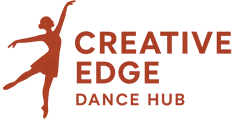

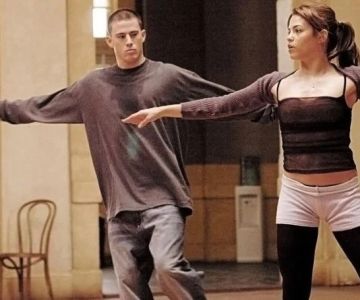
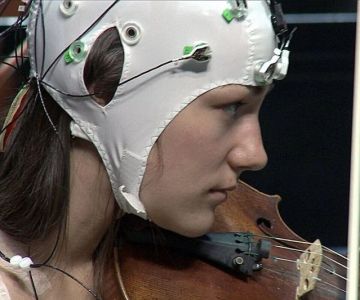
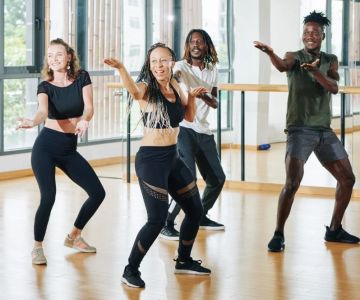


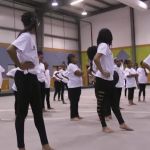 I Heartbeat Dance Studio4.0 (6 reviews)
I Heartbeat Dance Studio4.0 (6 reviews) Jazzercise New Milford5.0 (20 reviews)
Jazzercise New Milford5.0 (20 reviews) Bay Area Dance Moves4.0 (13 reviews)
Bay Area Dance Moves4.0 (13 reviews)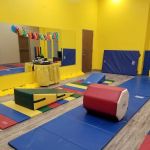 Stepper-ettes Baton & Dance4.0 (36 reviews)
Stepper-ettes Baton & Dance4.0 (36 reviews) Paul Morris DanceXplosion4.0 (42 reviews)
Paul Morris DanceXplosion4.0 (42 reviews) Dancesations Studio of Performing Arts4.0 (11 reviews)
Dancesations Studio of Performing Arts4.0 (11 reviews)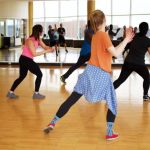 How to Create a Dance Practice Schedule That You'll Actually Stick To
How to Create a Dance Practice Schedule That You'll Actually Stick To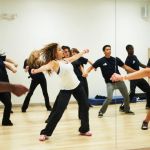 How to Overcome the Fear of Dancing in Front of Others: Practical Tips and Insights
How to Overcome the Fear of Dancing in Front of Others: Practical Tips and Insights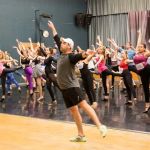 How to Audition for a Dance Team or Company as an Adult Beginner
How to Audition for a Dance Team or Company as an Adult Beginner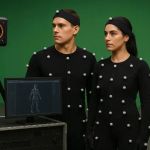 How I Learned to Use Motion Capture for Audience Interaction — My Story
How I Learned to Use Motion Capture for Audience Interaction — My Story What is Kizomba? The African Partner Dance Sensation Explained
What is Kizomba? The African Partner Dance Sensation Explained How to Create a Dance Resume for Auditions or Applications
How to Create a Dance Resume for Auditions or Applications